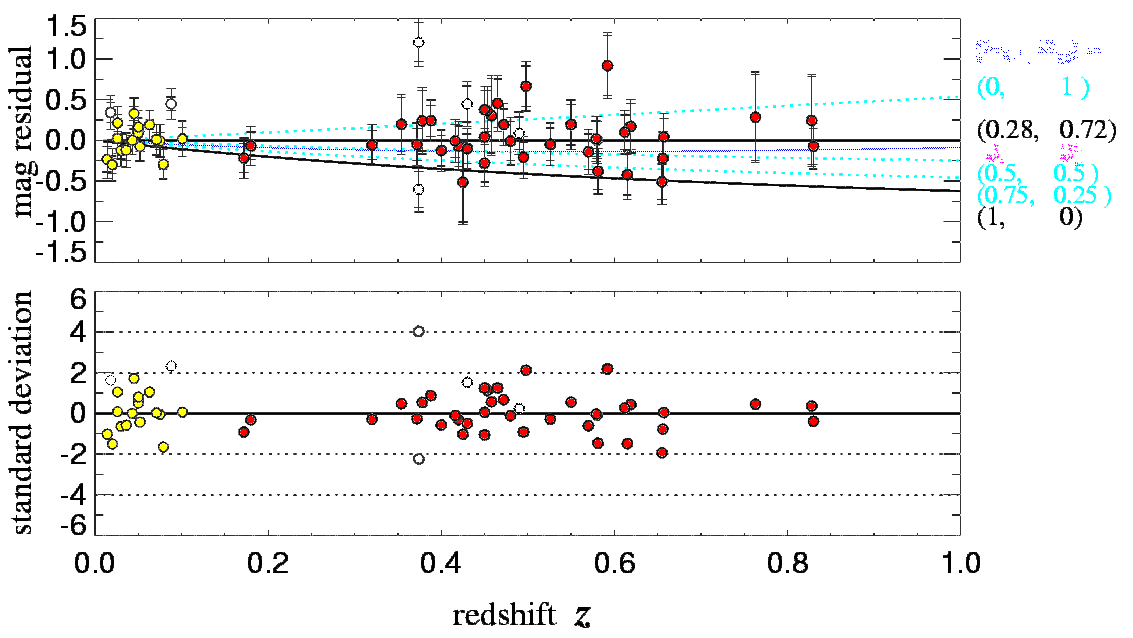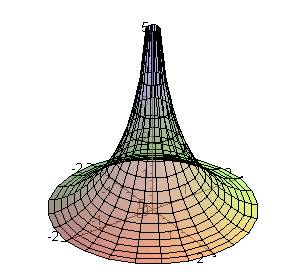

Intrinsic and extrinsic curvature are connected in that they both make the same predictions. So why add something to the theory that cannot be observed? We don't assume an embedding space because we don't need to to get the right answers. Angles and distances measured are exactly what they would be if the space was curved. We call it "curvature" because it works exactly like curvature.

Specifically and by definition what it means for a space to be intrinsically curved - like all these answers say - is that when you take geometric measurements they don't come out the way Euclidean geometry predicts. Just that in our space, we measure dot products of basis vectors to have some non-zero value. You don't have to envision space bending into some other space. You can consider this the definition of a curved space. If they're what you'd get in curved space, well, you're in a curved space. If those values are what you'd get with flat space, you're in a flat space. So how do you discover intrinsic geometry empirically? You measure angles, you measure dot products and you see what the values are. That is, they're in a sense empirically discovered. They're just what we see in our everyday experience. Any of these geometric elements that are postulates in Euclidean geometry aren't inherent truths about the Universe. How I think about it is this: there is really no reason that it must be true that, for example, a triangle has interior angles summing to $180^o$ or that the dot product of basis vectors is zero.

Both will give you the same measurements.īut in our universe, there is not higher-dimensional embedding space we can refer to. We currently have no evidence that suggests our 4-dimensional universe is embedded in some higher dimensional space.įor a sphere embedded in a 3-dimensional space, you can elect to use intrinsic or extrinsic geometry. If you focus on what actually happens there isn't a paradox.This is a difficult conceptually. And then you could travel to the other side of the earth and sit and wait for the image of you landing to finally arrive from the long way around.Īnd you never see a paradox. What happens is that you see two earths, the one you are at, and an image of an older earth where light left long ago, wrapped all around the universe and just now got to you.Īs you move towards it the image of the far away gets bluer an you see the images of the people on earth celebrating holidays arrive more often than you age.Īs you move away from the nearby earth, you see the image of the nearby earth get redder and you see the images of the people on earth celebrating holidays arrive less often than you age.Įventually the image of the earth that was initially farther away is an earth that is actually closer, and eventually you land on it. The equations of general relativity can be solved with a universe hat wraps around, even if it is flat. I'm thinking perhaps that travelling through curved space itself constitutes acceleration, since in a way you're changing direction? In which case the travelling twin wouldn't remain in an inertial reference frame and we could solve the 'paradox' as before?Īnd therefore he would be able to return to Earth without having changed inertial reference frame, and then we would actually have a paradox? However, if it was positive, does this mean that the travelling twin, if he travelled long enough, would loop back to Earth eventually? And therefore he would be able to return to Earth without having changed inertial reference frame, and then we would actually have a paradox? As far as I'm aware, we're quite sure it's flat. Now, there are three possible curvatures the universe could have - positive, negative, or flat. The 'paradox' can be resolved by realising that the travelling twin does not remain in an inertial frame for all time, since he has to turn around at the planet and hence accelerate. However, from the perspective of the travelling twin, it was the Earth that was moving and so the Earth twin should be the younger one. I'm reading about the twin paradox in special relativity - if there are two identical twins, one of whom who sets off in a high speed rocket to a planet, and then heads back, will find the twin who remained on Earth to have aged comparatively more due to time dilation.


 0 kommentar(er)
0 kommentar(er)
